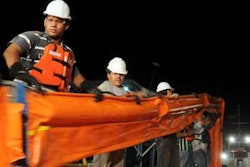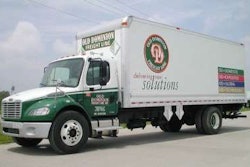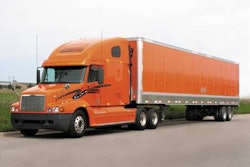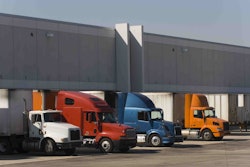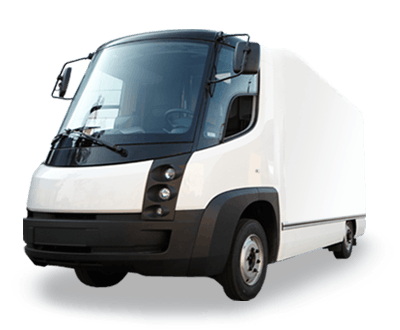
Citing declining U.S. oil production and escalating world demand for energy, Navistar today, May 13, unveiled its new eStar all-electric delivery/cargo van in Elkhart, Ind., where the new vehicle will be built. The eStar’s entry into the U.S. market has been long-anticipated and is a culmination of Navistar’s 2009 acquisition of U.K. electric vehicle manufacturer Modec and a $2.4 billion investment by the Obama administration’s American Recovery and Reinvestment Act of 2009 – funds that were matched by the trucking industry at large, for a total investment of $4.8 billion in the research and development of clean energy vehicles.
The new eStar is not a hybrid truck, nor is it a conversion from a gasoline- or diesel-burning vehicle. Rather, it is a purpose-built Class 3 delivery and cargo van that Shane Terblanche, general manager for Navistar Electric Trucks, says balances the needs of the environment with the needs of businesses in the United States. “It is clear that the trucking industry is facing a problem, and Navistar is here with a solution,” Terblanche says. “For businesses, municipalities and other organizations that demonstrate their environmental commitment, the eStar provides them with a smart option. We have brought the eStar to market to meet the needs of responsible customers who strive to have a positive impact on the environment through energy efficiency.”
Navistar says the truck is the first medium-duty commercial vehicle to receive U.S. Environmental Protection Agency certification as a clean fuel fleet vehicle as well as California Air Resources Board certification as a zero-emissions vehicle. The eStar features an all-electric drivetrain that delivers 75 kilowatts, or 104 hp, and a usable range of 100 miles per charge, making it ideal for many urban applications. When it returns to its home base at the end of the day, it can be plugged in and fully recharged within 6 to 8 hours. The initial purchase price for the new truck was pegged by Navistar as less than $150,000.
According to Fed Ex spokeswoman Deborah Willig, test vehicles evaluated by FedEx were fully able to work for an entire 8-hour day without requiring additional battery charges. And in the event that quick vehicle turnaround times are required, Terblanche says the battery cassette in an eStar can be swapped out in 20 minutes – much like a gigantic cell phone – returning the vehicle to the road for another 100 miles. Terblanche says the eStar easily is adaptable to future battery technology, which means the truck’s performance and range actually could improve as new power systems become available.
Navistar stresses the eStar is designed from the ground up to work hard and be productive in real-world urban delivery applications. The truck features a low floor height for easy loading and unloading, walk-through cab with wraparound 180-degree driver views and a low center of gravity for stable, precise handling. The truck initially will be offered only in a van/cargo configuration, but Terblanche says additional body styles, including buses and drop-body beds, will be considered beginning next year.
The first eStar, which rolled off the assembly line prior to the beginning of the press conference, will be delivered to FedEx. Navistar currently is taking orders for the eStar and expects to deliver 400 units by the end of the year.



